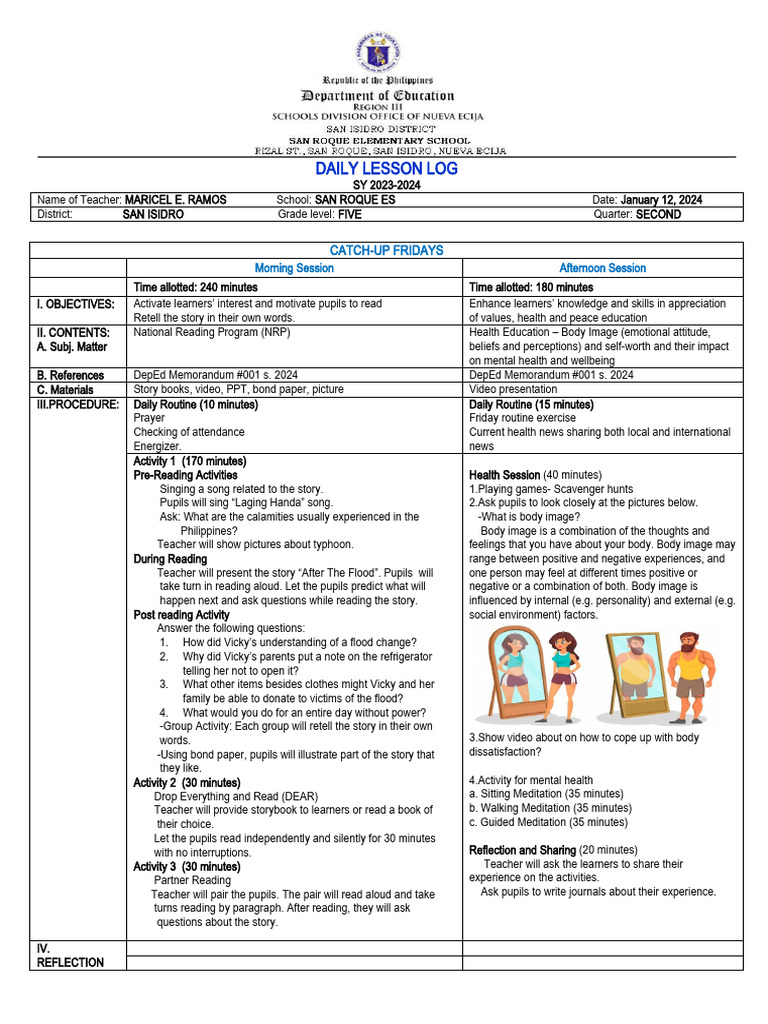For decades, the narrative surrounding gender and mathematics has been akin to an old, worn-out textbook—filled with misconceptions and stereotypes. The notion that boys are inherently better at math than girls is as confining as a too-small desk, limiting the potential of countless female students. However, recent studies and educational shifts reveal a remarkable evolution: girls are catching up to boys in math, breaking through barriers like a resilient athlete sprinting past the finish line.
Imagine a race where boys start out strong, their confidence buoyed by years of societal reinforcement. They dash ahead, often basking in the belief that math is their dominion. Yet, like a spirited underdog, girls are persistently gaining ground. This subtle shift is not merely a statistical anomaly but a profound transformation influenced by a myriad of factors, including changes in pedagogy, societal expectations, and the empowerment of young women through education.
As educational systems evolve, so too does the instructional language employed in math classrooms. Traditional approaches often alienated aspiring female mathematicians, leaving them feeling daunted by complex equations and abstract concepts. Today, educators are embracing inclusive methodologies that dismantle these barriers. Collaborative learning environments encourage girls to voice their ideas, to question, and to explore mathematical concepts without fear of judgment. This has fostered a newfound confidence that radiates well beyond classroom walls.
The impact of female role models in STEM fields cannot be overstated. Women who excel in mathematics are increasingly visible, inspiring younger generations to envision a future where they too can wield mathematical prowess with poise. From mathematicians to engineers, these pioneers shatter the glass ceiling, showcasing that the capacity for mathematical genius knows no gender. Such role models serve as beacons of possibility, illuminating paths previously obscured by doubt and misconception.
Moreover, as girls engage in math, they bring unique perspectives and a wealth of creativity that enriches the field. Mathematics, often perceived as rigid and formulaic, thrives on diversity of thought. Equations can be seen as canvases, waiting for innovative ideas to color them in. Girls, with their distinct approaches to problem-solving, contribute to a broader understanding of mathematical frameworks, making the discipline not only more inclusive but also more vibrant.
The societal narrative surrounding girls and math is shifting like the tides, revealing an expansive horizon brimming with potential. As educational practices continue to adapt and as girls boldly rise to meet the challenge, the convergence of equity in mathematics becomes ever clearer. It is an extraordinary metamorphosis, one that promises to redefine success in both the classroom and beyond. In this exhilarating race toward mathematical parity, both boys and girls will ultimately benefit from a richer, more diverse tapestry of influence that reimagines mathematics as an arena of collaboration, creativity, and endless possibility.
